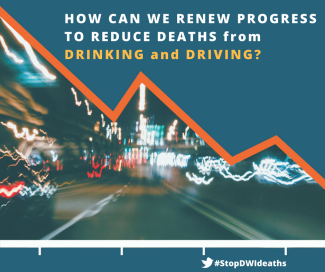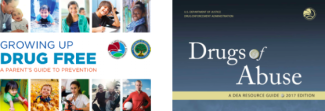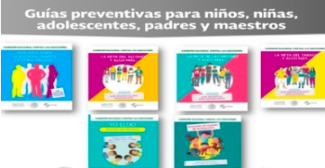Reducing the risk factors and enhancing the protective factors associated with initiating substance use.
Prevention
Cultural Adaptation, Appropriateness and Perceptions of Change after Participation in the SFP 10-14 in Panama
Anilena Mejia Lynch Introduction: The United Nations Office on Drugs and Crime has invested widely in the dissemination and implementation of the Strengthening Families Program 10-14 (SFP 10-14) in Central America. SFP 10-14 is a family...
Cultural Adaptation and Results of the Strengthening Families Program 12-16 for Spanish Families
Carmen Orte Introduction: The Family Competence Program (FCP) for 12 to 16-year-old teenagers is the Spanish adaptation of the Strengthening Families Program (SFP) (Kumpfer & DeMarsh, 1985). This EBI consisted of 14 sessions that target...
Risks and Opportunities of Growing Up as Refugees
Ha Yeon Kim , Lindsay Brown Introduction: The world currently faces the largest refugee crisis since WWII [1] . Lebanon alone, a nation of approximately 4 million citizens, is sheltering over 1 million registered Syrian refugees. The...
Predictors of Educational Attainment in a Disadvantaged French-Canadian Sample
Marie-Helene Veronneau , Lisa Serbin, Kathleen Kennedy-Turner, Dale M. Stack, Alex Schwartzman, Jane Ledingham Introduction: Educational attainment predicts health and well-being throughout the lifespan. Although educational attainment is...
A Multilevel Analysis of School Influences on Student Mental Health: The Role of School and Classroom Climate
Katholiki Georgiades , Anna Kata, Laura Duncan, Michael Boyle Introduction: Reducing inequalities in child mental health constitutes an important public health priority in Canada, and schools represent an ideal context for effective action...
Coalition Development for Drug Prevention in Mexico
Louis D Brown , Rebecca Wells, Alexia A. Wilson, Sarah Meyer Chilenski Introduction: Illegal drug use rose 87% from 2002 to 2011 in Mexico. To help address this problem, 19 substance use prevention coalitions were organized across Mexico...
Financial Capability Program and Condom Use among Sexually-Active Youth in the Ghana Youthsave Project
Rainier Masa , Gina Chowa Background: Despite high level of knowledge about condoms, condom use remains low among sexually active youth globally, including Ghana. Although interventions that promote condom use have been implemented, few...
Reducing Alcohol-Impaired Driving Fatalities: Report Release
On January 17, 2018 at 11:00am ET, the National Academies of Sciences, Engineering, and Medicine will release a report on how to accelerate progress to reduce alcohol-impaired driving fatalities. The report discusses which interventions are most promising to prevent injuries and deaths from alcohol-impaired driving as well as barriers to action and approaches to overcome them.

Most-Read Knowledge Share Articles of 2017
Here is a selection of the most-read Knowledge Share articles of 2017. These are the articles that captivated our members most.

CONADIC presents preventive guidelines for children, adolescents, parents and teachers
Preventive guidelines are integrated by six booklets of work, descriptive letters and procedures, whose activities and strategies are aimed at developing skills and specific skills in each age group. https://www.gob.mx/salud/conadic...
